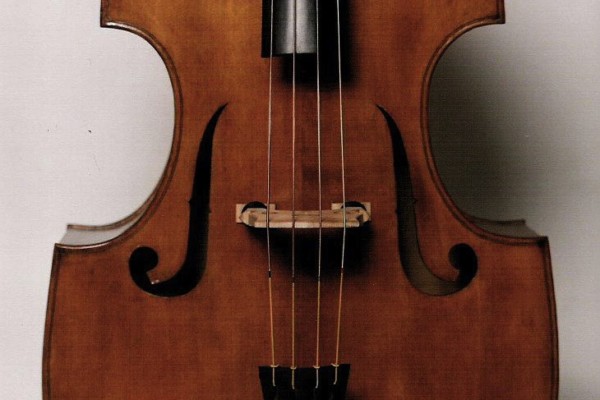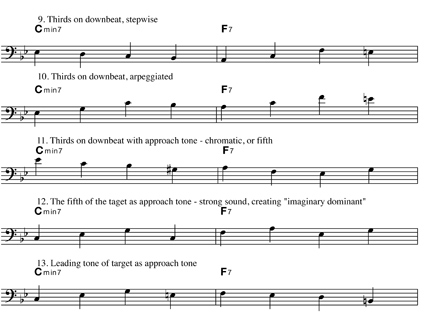Lesson: By the Numbers
There are 2 elements that are helpful to gain fluency in all keys, making transposition much easier. The first is, learn fingerings avoiding open strings as much as possible, so that interval and visual mapping is consistent. The other is to learn to think by the numbers; think of each pitch not as its letter name, but as its numerical position within a diatonic scheme.
Here’s a C scale, each note numbered:

Here’s an example of a numerical pattern—in this case, a series of diatonic seventh arpeggios ascending stepwise:

Now, you can make your own.
It can be a little confusing, given that we’re only using numbers as high as 7; 1 is used again for the octave. You might find it easier to use numbers 1-14 for a 2-octave exercise; this might also help in familiarizing with chord extensions… but for now, let’s stick with 1-7.
So – let’s make our own.
123 234 345 456 567 etc
1357 6543 2468 7654 3579 8765
What is the logic behind these?
Here’s another
132435465761
If you can wrap yourself around the logic behind these exercises, you’ll have unlimited practice material forever. Try doing these on major scales – and the 3 forms of minor! That’s REALLY sick! Then, the symmetrical scales! Diminished, whole tone, augmented major! wow.



